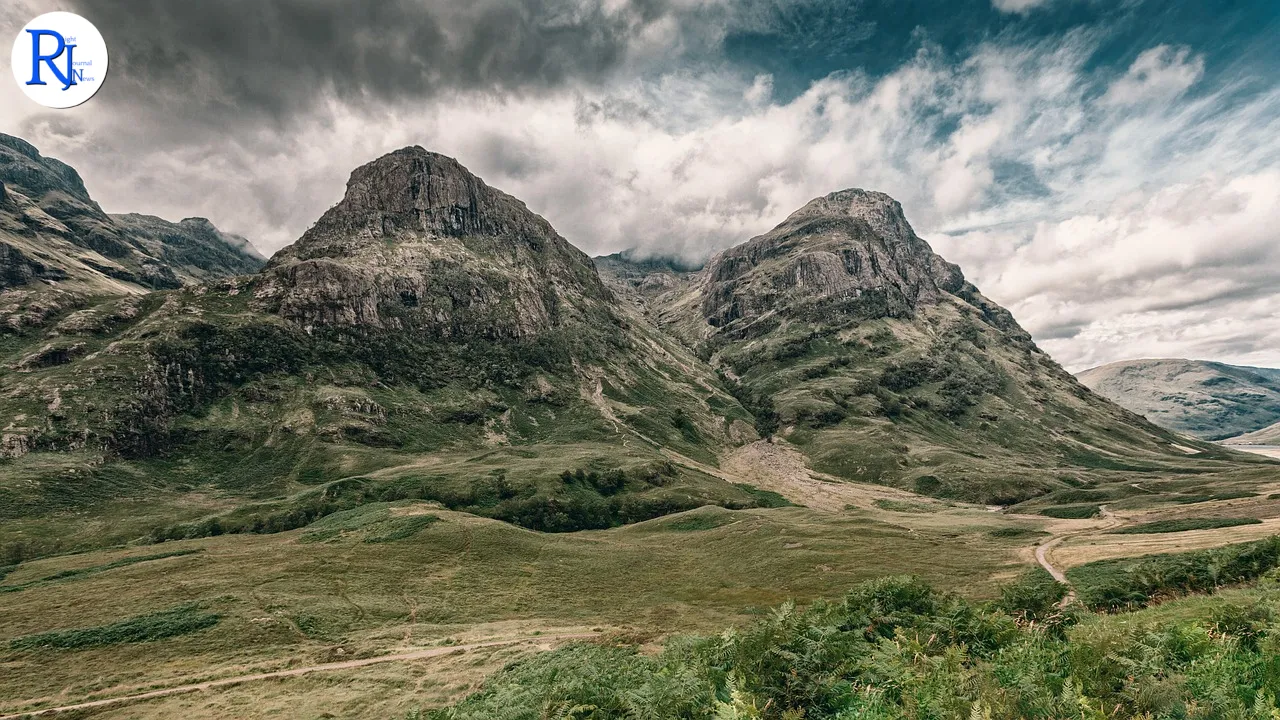Mountain rescue teams in England and Wales are experiencing an unprecedented surge in callouts, with the number of young people requiring assistance doubling over the past five years. Experts attribute this rise to social media and unreliable navigation apps, which are leading adventurers into perilous situations. For the first time, these rescue teams have been called out every single day in 2024, highlighting the severity of the issue. Additionally, Scotland has seen its callouts exceed 1,000 within the same period.
Social Media’s Role in Rising Incidents
Social media platforms have become a double-edged sword for outdoor enthusiasts. While they provide a space for sharing beautiful landscapes and hidden gems, they also encourage inexperienced hikers to venture into challenging terrains without proper preparation. The allure of capturing the perfect Instagram shot or discovering a “secret” location has led many to underestimate the risks involved in mountain trekking.
“Many young people are lured by photos of picturesque yet remote locations shared online,” says John Stevenson, a seasoned mountain rescue volunteer. “They often don’t realise the difficulties of reaching these places or the dangers they might face along the way.”

Faulty Navigation Apps Add to the Problem
Compounding the issue are navigation apps, which sometimes provide inaccurate or misleading information. Unlike traditional maps, these apps may not account for challenging terrain or sudden weather changes, leaving users stranded in unfamiliar and potentially hazardous areas.
A report by the Mountain Rescue England and Wales (MREW) highlights that many callouts involve individuals who relied solely on digital maps, often without a backup plan. “There’s a misplaced confidence in technology that can fail, especially in remote areas where signal loss is common,” notes MREW spokesperson Claire Roberts.
Understanding the Surge in Young Adventurers
The demographic most affected by this rise is the 18- to 24-year-old age group. This age group, more than any other, tends to integrate technology into every aspect of their lives, including outdoor activities. However, their reliance on digital tools without sufficient outdoor experience often leads to precarious situations.
According to MREW statistics, the number of callouts involving this age group has doubled since 2019. Experts suggest a growing trend of outdoor exploration among young people, spurred by social media influencers who frequently showcase adventurous lifestyles.
The Impact on Mountain Rescue Services
The increase in callouts has placed significant pressure on mountain rescue services, many of which are staffed by volunteers. These teams are now operating at full capacity, responding to emergencies daily. The strain is not only logistical but also financial, as resources are stretched thin to accommodate the rising demand.
“Every callout involves a team of volunteers who put their lives on hold to assist those in need,” says Stevenson. “While we’re committed to helping, the frequency of these incidents is unsustainable in the long run.”
Calls for Better Education and Preparedness
In response to the alarming trend, experts and rescue organisations are calling for better education on mountain safety and preparedness. They advocate for integration of safety guidelines into educational curriculums and suggest that social media platforms could play a role in promoting responsible exploration.
“We need to educate young people about the importance of planning, using reliable navigation tools, and understanding the risks involved,” Roberts emphasises. “Social media can be a powerful tool for good if used to spread awareness about safety.”
Looking Ahead: A Call to Action
As mountain rescue teams continue to handle a high volume of callouts, the need for a coordinated response becomes ever more critical. Stakeholders, including tech companies, education systems, and government bodies, must collaborate to address the root causes of this trend. By doing so, they can ensure that the beauty of the outdoors remains accessible and safe for all.
The potential impact of such measures could significantly reduce the number of rescue operations, conserving resources and safeguarding lives. As the popularity of outdoor activities continues to grow, fostering a culture of safety and preparedness will be essential to preventing further incidents.

